Home>Home Appliances>Laundry Appliances>Where To Iron Without An Ironing Board?
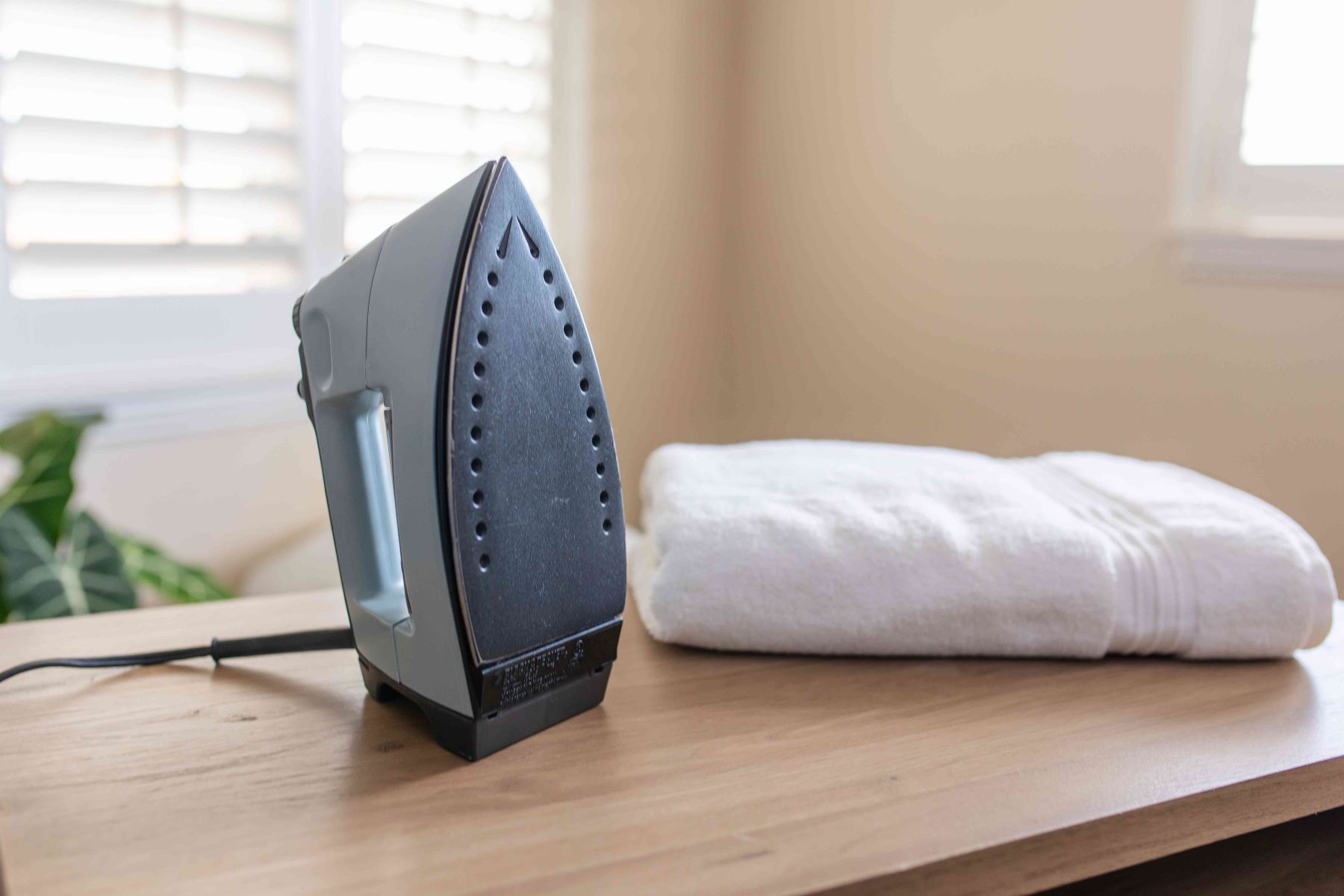

Laundry Appliances
Where To Iron Without An Ironing Board?
Published: February 8, 2024
Discover convenient alternatives for ironing without an ironing board. Explore laundry appliances and space-saving solutions for wrinkle-free clothes. Ideal for small spaces and on-the-go needs.
(Many of the links in this article redirect to a specific reviewed product. Your purchase of these products through affiliate links helps to generate commission for Storables.com, at no extra cost. Learn more)
Use a Table or Countertop
When you find yourself in need of a quick ironing solution but don't have an ironing board at your disposal, a table or countertop can serve as a convenient alternative. This versatile approach allows you to effectively smooth out wrinkles and creases without the need for specialized equipment.
To begin, select a sturdy and flat surface, such as a dining table, kitchen counter, or even a sturdy desk. Ensure that the chosen surface is clean and free of any debris that could transfer onto your clothing during the ironing process.
Next, lay a clean towel or a cotton cloth over the table or countertop to provide a protective barrier for your garments. This additional layer helps to prevent any potential damage to delicate fabrics and ensures a smooth ironing experience.
Once the protective layer is in place, lay the garment flat on top of it, ensuring that the area to be ironed is smooth and wrinkle-free. If ironing a larger item such as a bedsheet or tablecloth, you may need to work in sections to ensure thorough wrinkle removal.
After preparing the garment, set your iron to the appropriate heat setting based on the fabric type. Gently press the iron onto the fabric, using smooth and even strokes to remove wrinkles effectively. Be mindful of the edges and seams to achieve a polished result.
It's important to note that while using a table or countertop as an ironing surface can be effective, it's essential to exercise caution and ensure the stability of the chosen surface. Avoid applying excessive pressure that could potentially damage the surface or cause the ironing setup to become unstable.
By utilizing a table or countertop as an alternative ironing surface, you can efficiently address wrinkled clothing and linens without the need for a traditional ironing board. This adaptable method offers a practical solution for quick touch-ups and small ironing tasks, making it a valuable technique for maintaining a well-groomed appearance and neatly pressed fabrics.
Key Takeaways:
- No ironing board? No problem! Use a table, towel, or even a hair straightener to smooth out wrinkles and creases in your clothes. Get creative and keep your outfits looking sharp!
- Don’t stress if you don’t have an ironing board. You can use everyday items like a table or towel to iron your clothes. It’s easy, practical, and keeps your outfits wrinkle-free!
Read more: Where To Store An Ironing Board
Utilize a Towel or Blanket
When faced with the absence of an ironing board, the resourcefulness of utilizing a towel or blanket as an alternative ironing surface can be a game-changer. This ingenious approach allows for the effective removal of wrinkles and creases from garments, offering a practical solution in situations where traditional ironing equipment is not readily available.
To begin, select a clean and smooth towel or blanket that can serve as a suitable ironing surface. Lay it flat on a sturdy and heat-resistant countertop, table, or any other flat surface that can accommodate the ironing process. The chosen towel or blanket should be free of any debris or wrinkles that could potentially transfer onto the garment during the ironing process, ensuring a smooth and effective outcome.
Once the towel or blanket is in place, lay the garment flat on top of it, ensuring that the area to be ironed is smooth and free of wrinkles. For larger items such as bed linens or tablecloths, working in sections may be necessary to ensure thorough wrinkle removal and a polished result.
After preparing the garment, adjust the iron to the appropriate heat setting based on the fabric type. Gently press the iron onto the fabric, using smooth and even strokes to effectively remove wrinkles. Pay close attention to the edges and seams, ensuring that each section receives the necessary attention to achieve a well-pressed appearance.
It's important to note that utilizing a towel or blanket as an alternative ironing surface offers a practical and versatile solution for addressing wrinkled clothing and linens. This method is particularly useful for quick touch-ups and small ironing tasks, providing a convenient alternative to traditional ironing boards.
By leveraging the resourcefulness of utilizing a towel or blanket as an ironing surface, individuals can effectively address wrinkled garments without the need for specialized equipment. This adaptable approach showcases the ingenuity and creativity that can be applied to everyday tasks, ensuring that well-groomed and neatly pressed fabrics can be achieved even in the absence of traditional ironing tools.
Try a Flat Surface
When an ironing board is not readily available, improvising with a flat surface offers a practical alternative for addressing wrinkled clothing and linens. This adaptable approach allows individuals to effectively remove creases and achieve a well-pressed appearance without the need for specialized equipment.
To begin, identify a suitable flat surface for the ironing process. This could include a clean and spacious countertop, a sturdy table, or even the top of a washing machine or dryer. It's essential to ensure that the chosen surface is stable, heat-resistant, and free of any debris that could potentially transfer onto the garment during ironing.
Once the flat surface is selected, lay a clean towel or a cotton cloth over it to provide a protective barrier for the garment. This additional layer serves to prevent any potential damage to delicate fabrics and ensures a smooth ironing experience. It also helps to maintain the cleanliness of the flat surface, preventing any transfer of dirt or residue onto the clothing.
After preparing the flat surface, lay the garment flat on top of the protective layer, ensuring that the area to be ironed is smooth and free of wrinkles. For larger items such as bed linens or tablecloths, working in sections may be necessary to ensure thorough wrinkle removal and a polished result.
Next, adjust the iron to the appropriate heat setting based on the fabric type. Gently press the iron onto the fabric, using smooth and even strokes to effectively remove wrinkles. Pay close attention to the edges and seams, ensuring that each section receives the necessary attention to achieve a well-pressed appearance.
It's important to note that utilizing a flat surface as an alternative ironing platform offers a practical and versatile solution for addressing wrinkled clothing and linens. This method is particularly useful for quick touch-ups and small ironing tasks, providing a convenient alternative to traditional ironing boards.
By leveraging the resourcefulness of using a flat surface for ironing, individuals can effectively address wrinkled garments without the need for specialized equipment. This adaptable approach showcases the ingenuity and creativity that can be applied to everyday tasks, ensuring that well-groomed and neatly pressed fabrics can be achieved even in the absence of traditional ironing tools.
You can use a clean towel on a flat surface, like a table or countertop, as an alternative to an ironing board. Just make sure the surface is heat-resistant and won’t be damaged by the heat of the iron.
Hang Clothes in the Bathroom
When faced with the absence of an ironing board, the bathroom can unexpectedly transform into a makeshift ironing area, offering a practical solution for addressing wrinkled clothing. This unconventional yet effective approach leverages the power of steam to release wrinkles and creases from garments, providing a convenient alternative to traditional ironing methods.
To begin, hang the wrinkled garment on a sturdy hanger and ensure that it is evenly stretched out to maximize the exposure of the fabric to steam. Once the garment is properly positioned, close the bathroom door and turn on the hot water in the shower. Allowing the bathroom to fill with steam creates a makeshift steam room, facilitating the natural release of wrinkles from the clothing.
As the steam permeates the bathroom, it envelops the garment, causing the fabric fibers to relax and release the stubborn wrinkles. The moisture and heat work in tandem to effectively smooth out the garment, resulting in a refreshed and neatly pressed appearance. It's important to allow the garment to hang undisturbed in the steam-filled environment for approximately 15-20 minutes to ensure optimal wrinkle release.
After the designated time has elapsed, carefully remove the garment from the bathroom and gently shake it to further release any remaining wrinkles. If necessary, lightly tug on the fabric to smooth out any persistent creases. For particularly stubborn wrinkles, a quick touch-up with a handheld steamer or a traditional iron on a low-heat setting can provide the finishing touches for a well-pressed look.
The innovative use of the bathroom as a steam-powered ironing space showcases the resourcefulness and adaptability that can be applied to everyday tasks. This method offers a convenient solution for addressing wrinkled clothing, especially when traditional ironing equipment is not readily available. By harnessing the power of steam in a confined space, individuals can achieve a polished and refreshed appearance for their garments, ensuring that a well-groomed look can be maintained even in unexpected circumstances.
This creative approach not only provides a practical solution for wrinkle removal but also highlights the versatility of everyday spaces within the home. The bathroom, typically associated with personal grooming and hygiene, can seamlessly transition into a temporary ironing area, demonstrating the ingenuity that can be applied to household tasks. By maximizing the utility of available resources, individuals can effectively address wrinkled garments and maintain a well-pressed appearance, showcasing the adaptability and creativity that can be applied to everyday challenges.
Use a Hair Straightener or Curling Iron
In situations where traditional ironing tools are unavailable, a hair straightener or curling iron can serve as a surprisingly effective alternative for addressing wrinkles in clothing. These versatile hair styling tools, known for their ability to apply heat and smooth out hair strands, can be repurposed to achieve similar results on fabric. This innovative approach offers a practical solution for quick touch-ups and small ironing tasks, showcasing the adaptability and resourcefulness that can be applied to everyday challenges.
To utilize a hair straightener or curling iron for fabric ironing, it's essential to ensure that the selected tool is clean and free of any hair products or residue that could potentially transfer onto the garment. Additionally, adjusting the heat settings to a suitable level based on the fabric type is crucial to prevent damage and achieve effective wrinkle removal.
Once the hair styling tool is prepared, lay the garment flat on a heat-resistant surface, such as a table or countertop, ensuring that the area to be ironed is smooth and free of wrinkles. For smaller garments or targeted wrinkle removal, working in sections can ensure thorough and precise ironing.
Gently clamp the heated hair straightener or curling iron onto the fabric, applying light pressure and smooth movements to effectively remove wrinkles. Pay close attention to delicate areas and seams, ensuring that each section receives the necessary attention for a well-pressed appearance.
It's important to note that while using a hair straightener or curling iron for fabric ironing can be effective, it's essential to exercise caution and avoid prolonged exposure to heat, especially on delicate fabrics. Additionally, testing the tool on a small, inconspicuous area of the garment can help ensure that the fabric can withstand the heat without sustaining damage.
By repurposing hair styling tools for fabric ironing, individuals can effectively address wrinkles in clothing without the need for traditional ironing equipment. This creative and unconventional approach highlights the versatility of everyday tools and demonstrates the ingenuity that can be applied to household tasks. By leveraging the heat and precision of hair straighteners or curling irons, individuals can achieve a well-pressed appearance for their garments, showcasing the adaptability and resourcefulness that can be applied to everyday challenges.
Frequently Asked Questions about Where To Iron Without An Ironing Board?
Was this page helpful?
At Storables.com, we guarantee accurate and reliable information. Our content, validated by Expert Board Contributors, is crafted following stringent Editorial Policies. We're committed to providing you with well-researched, expert-backed insights for all your informational needs.
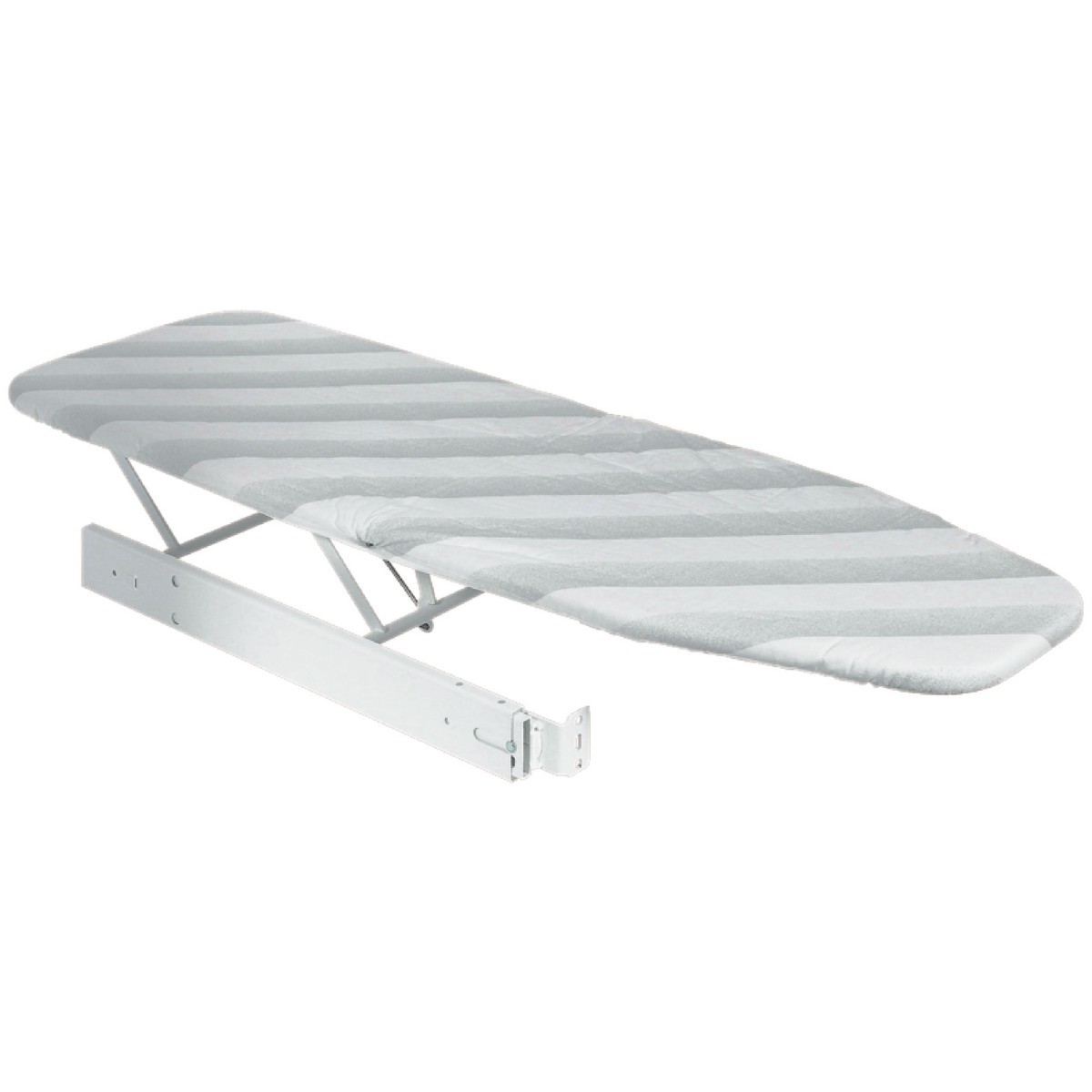
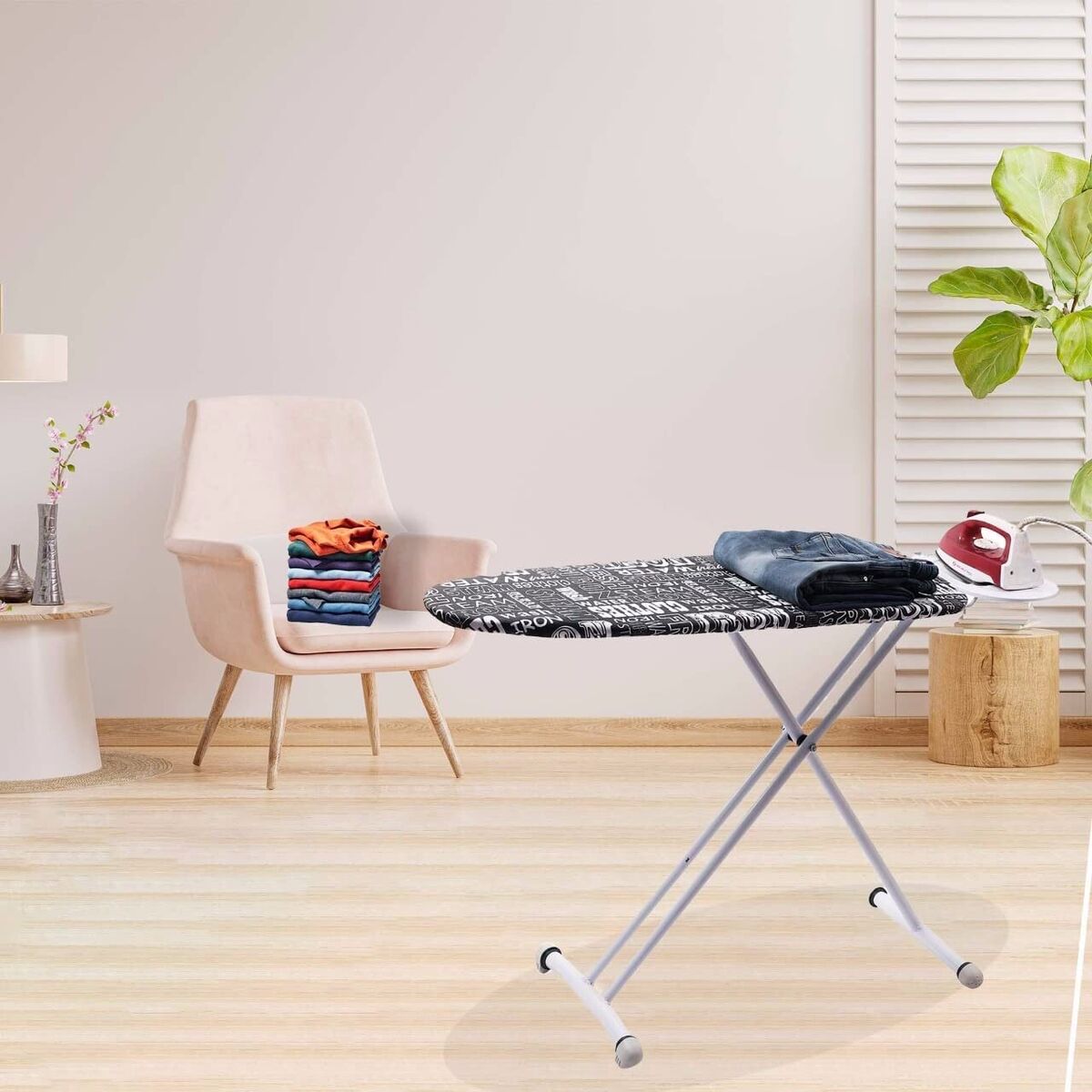
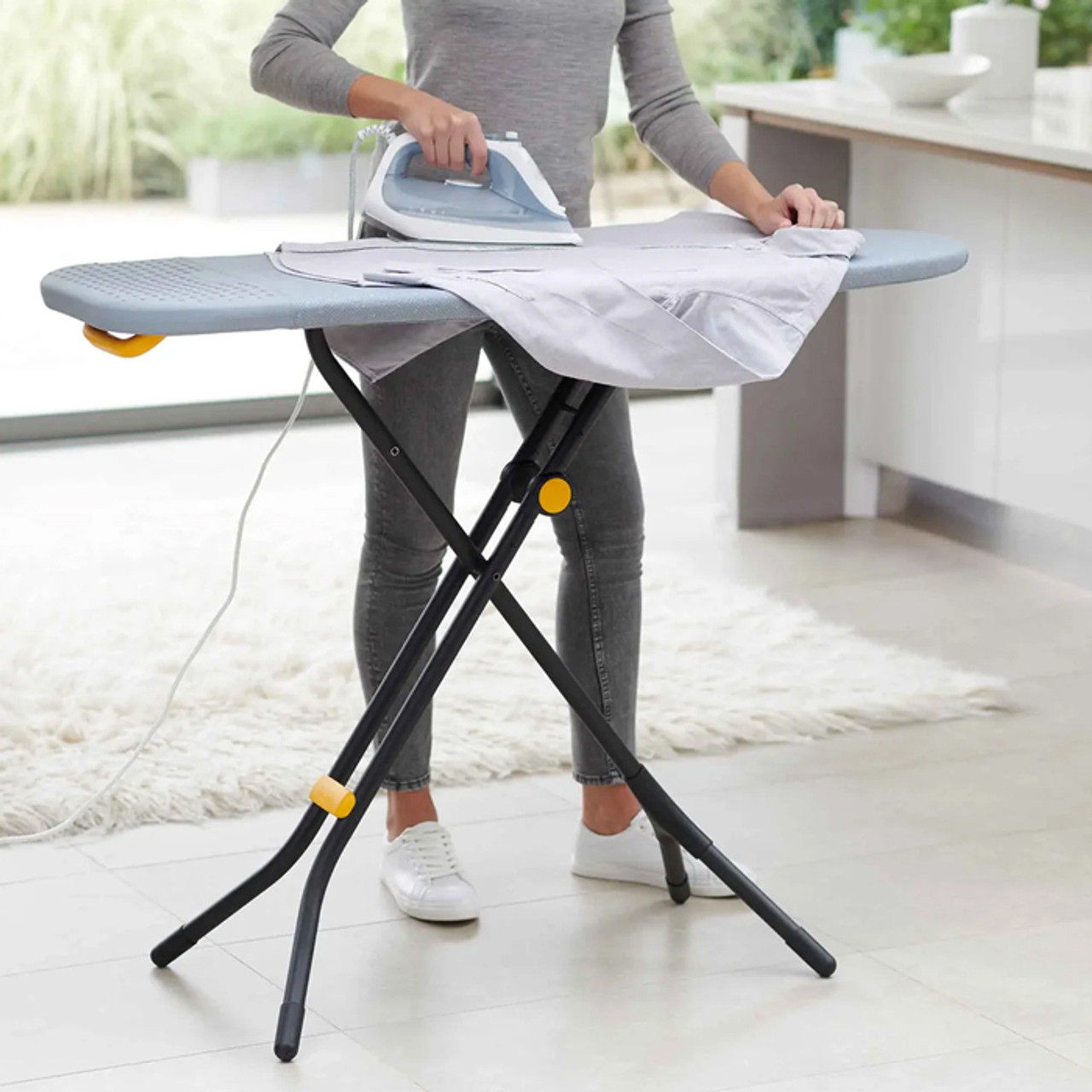
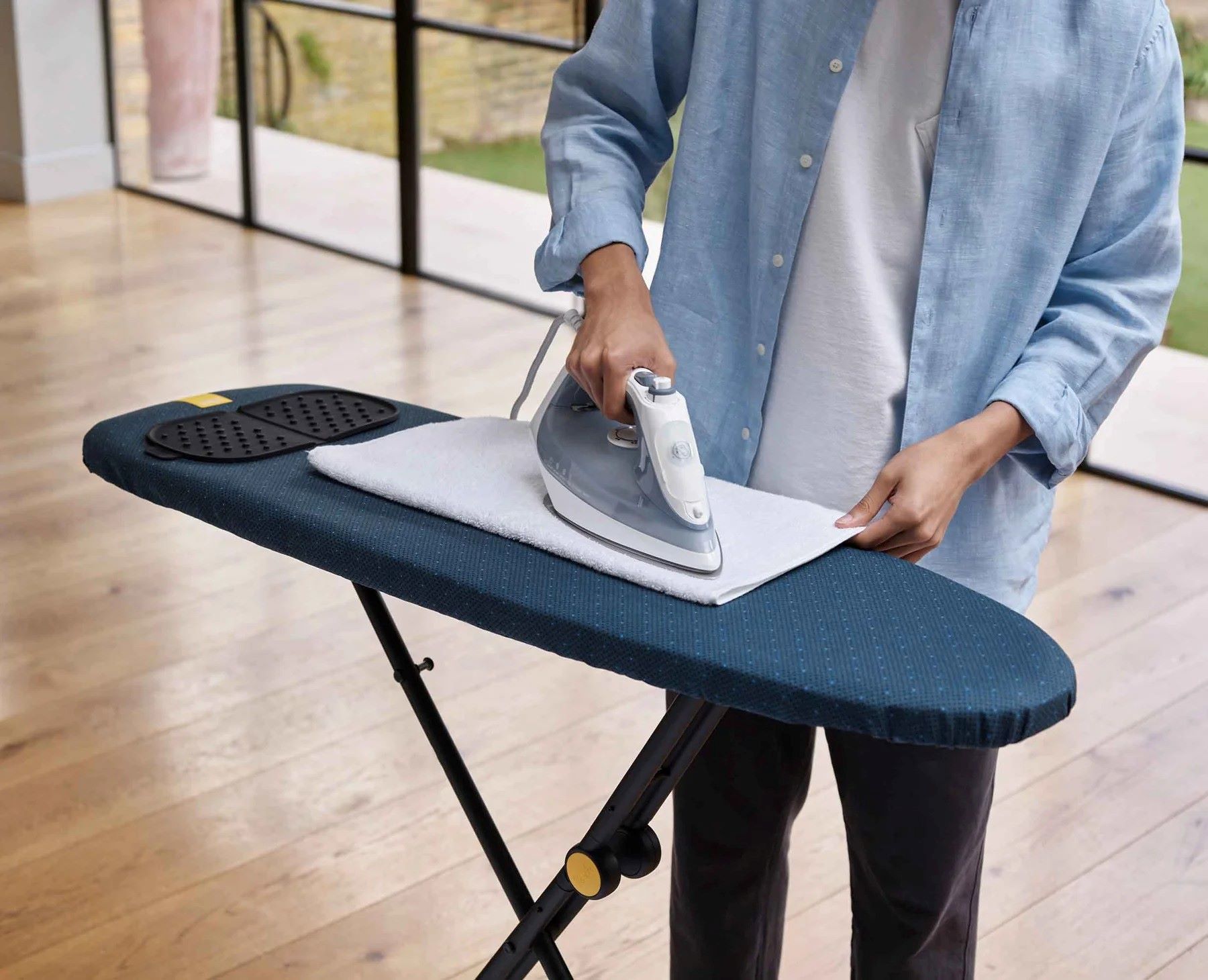
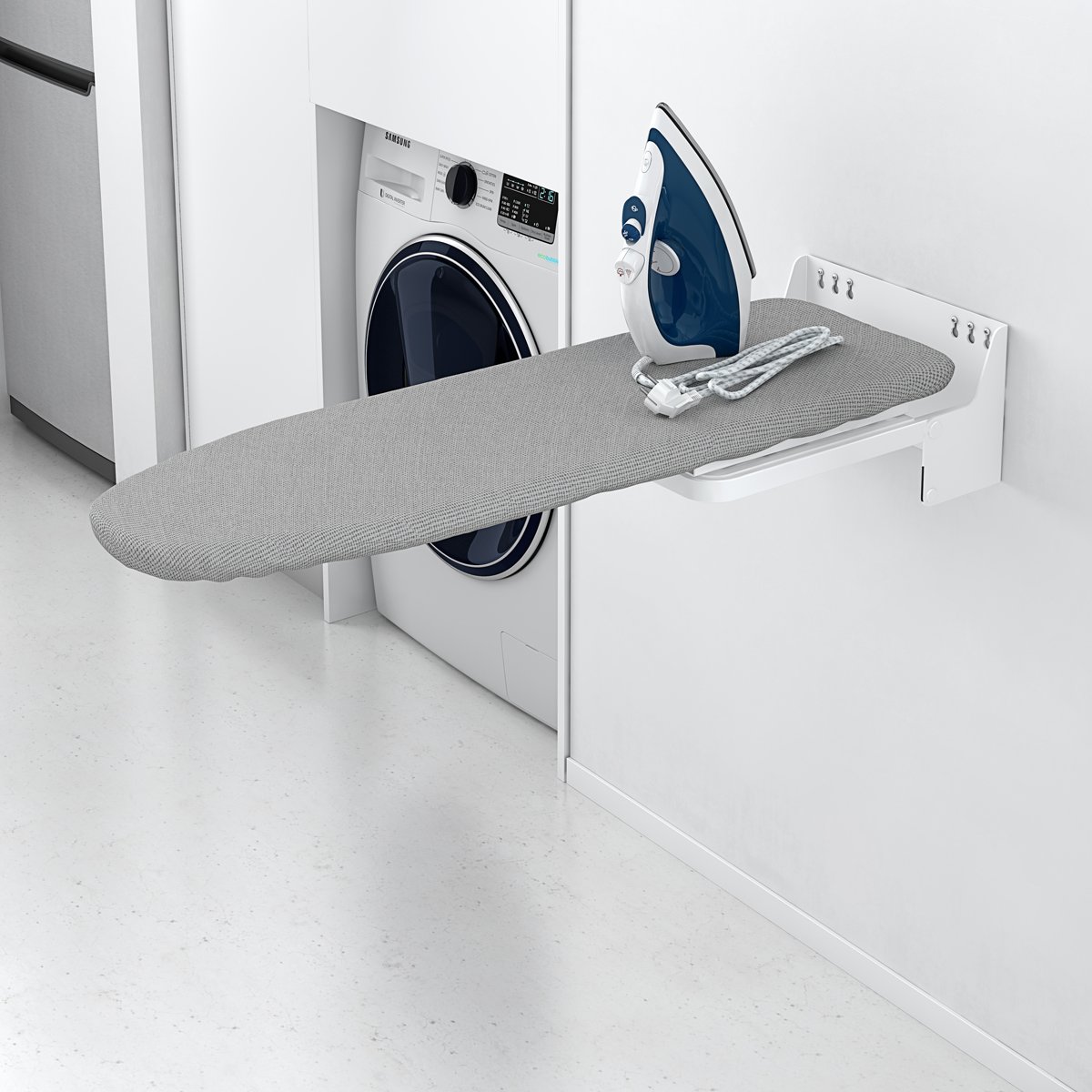
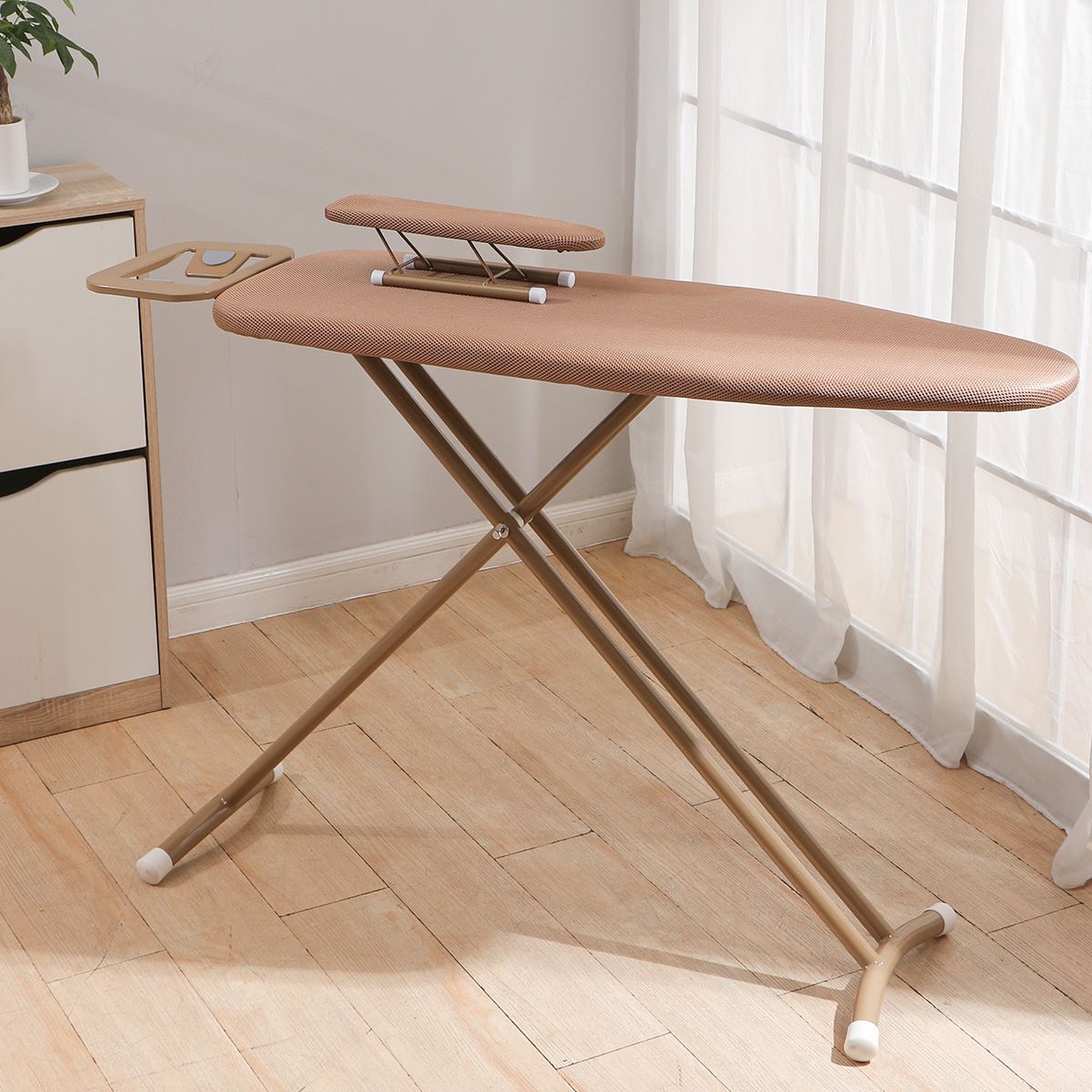
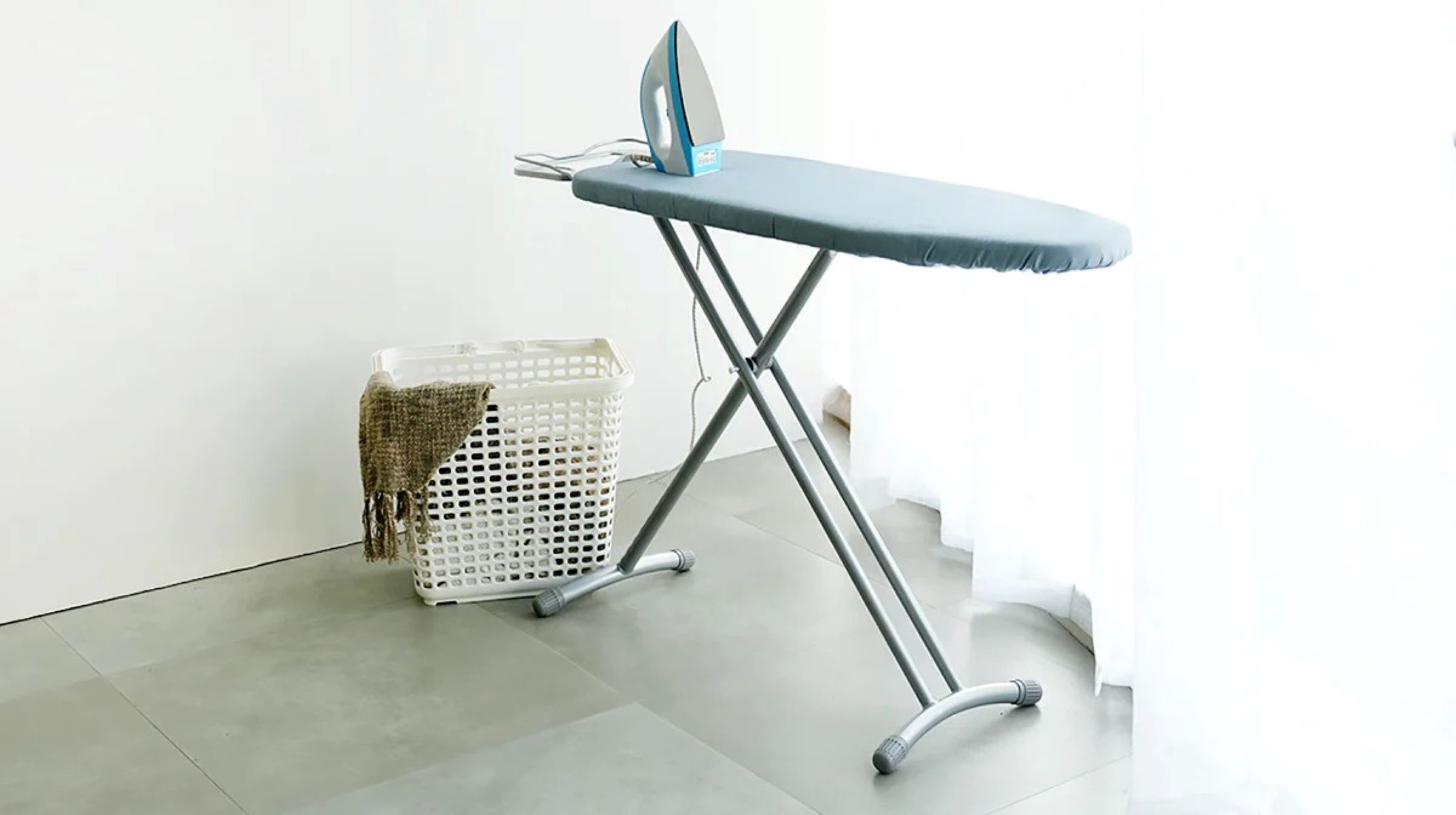
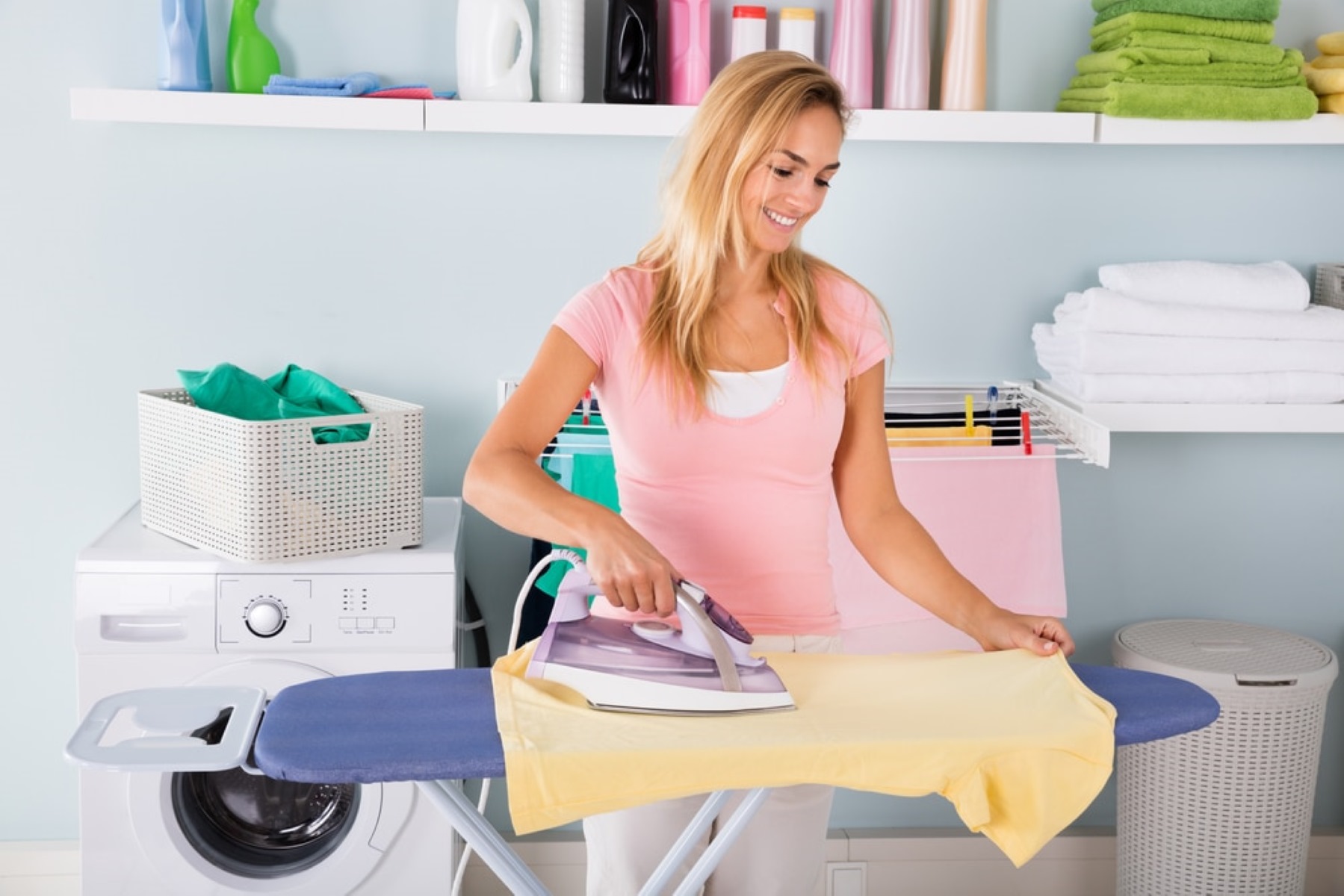
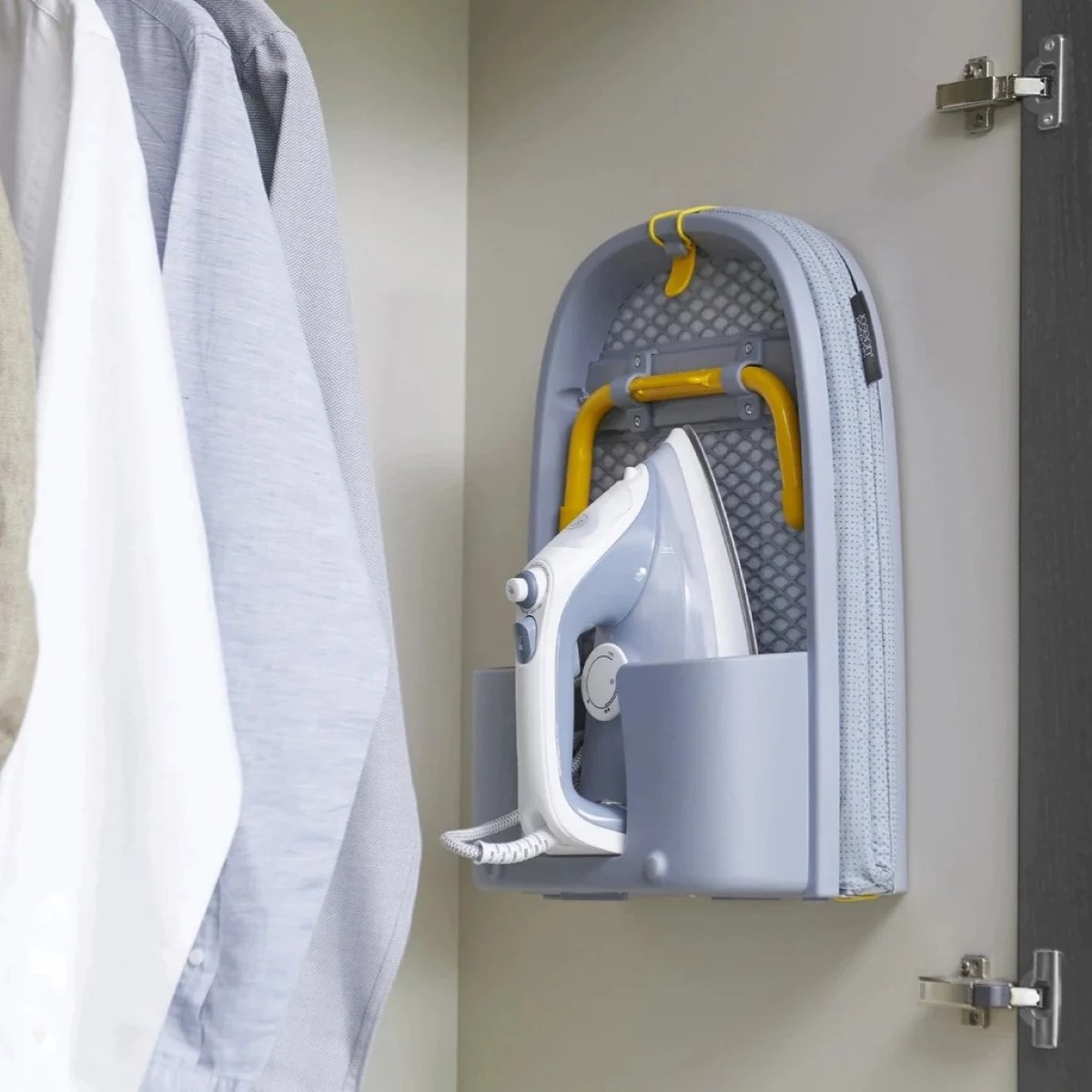
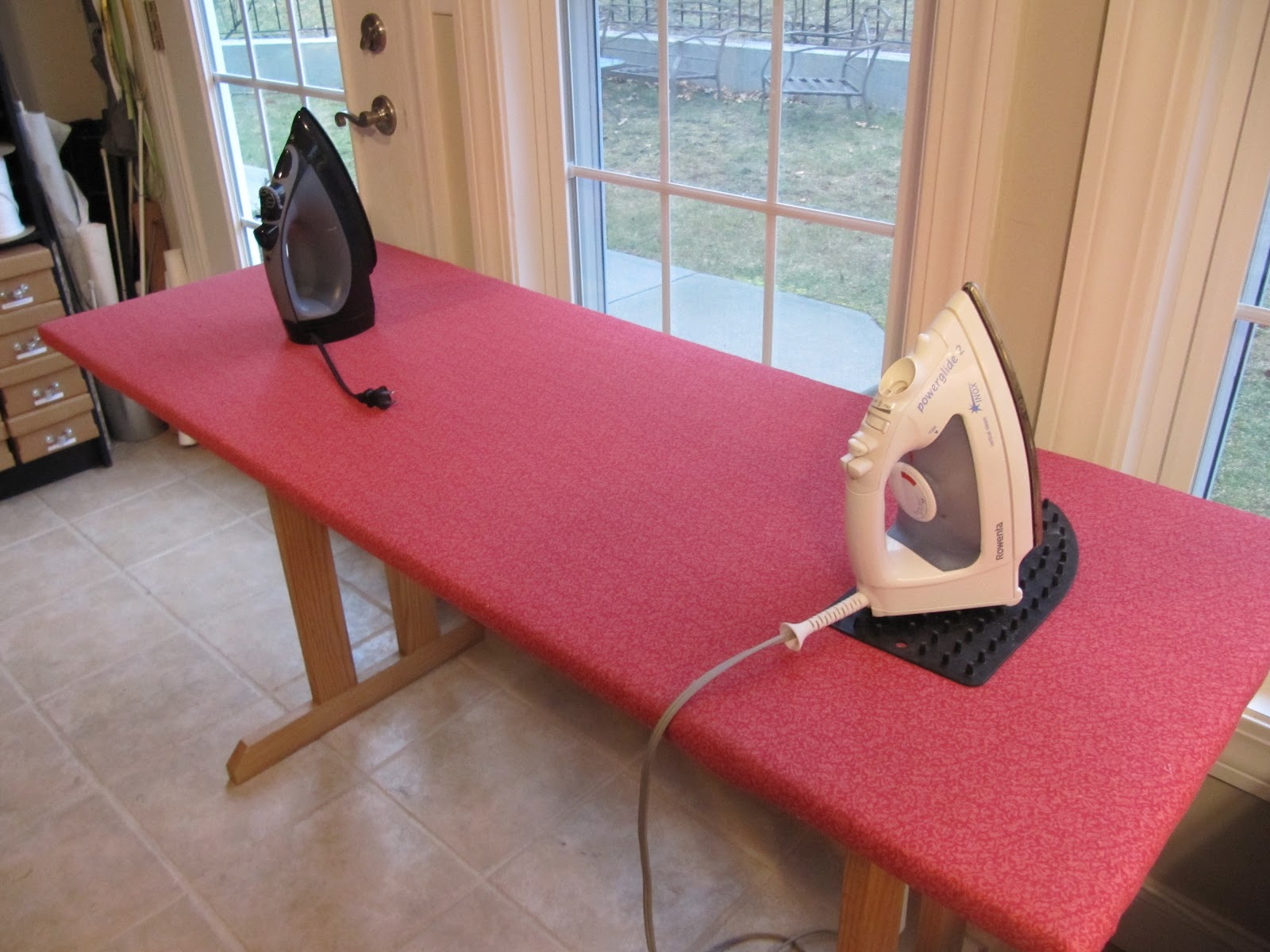
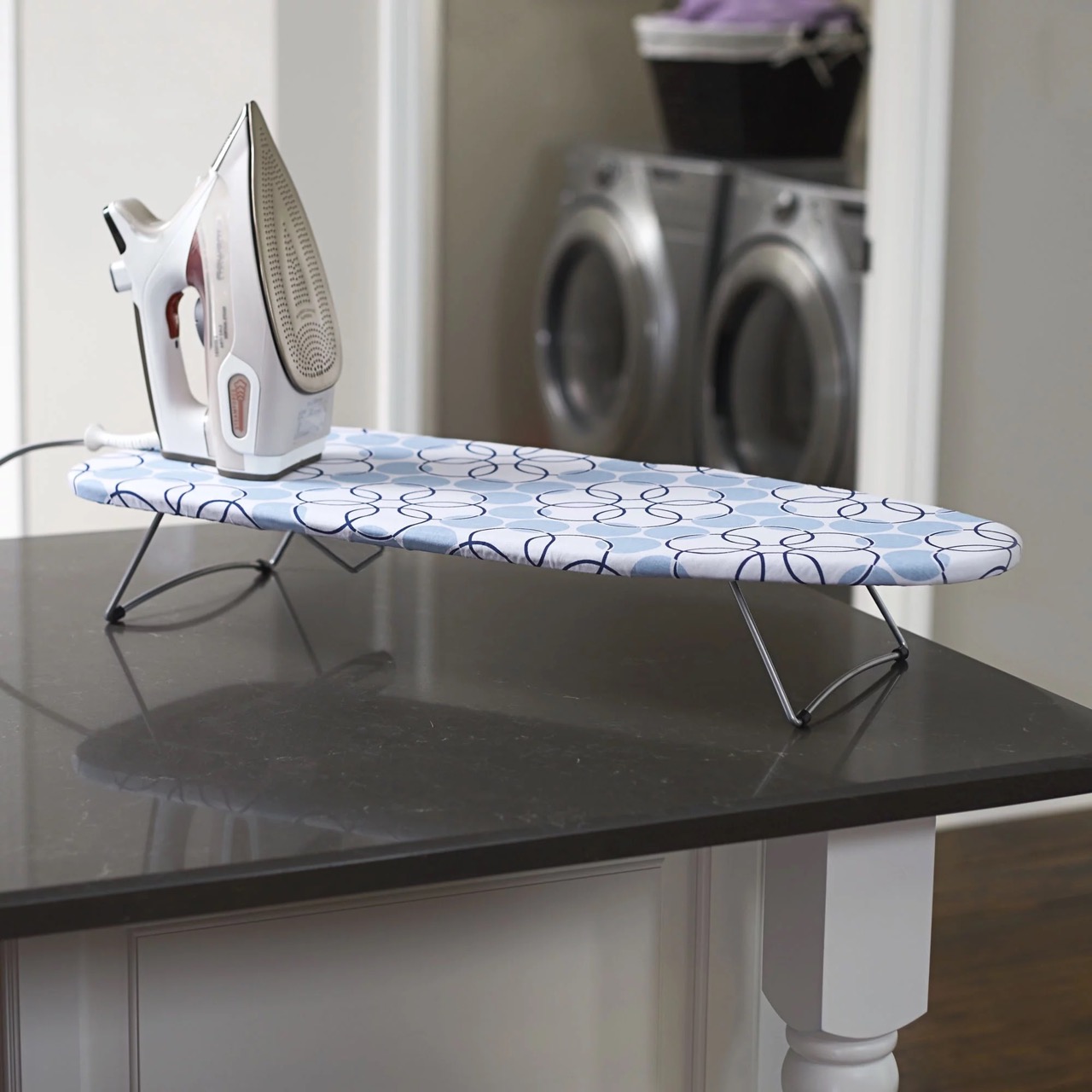
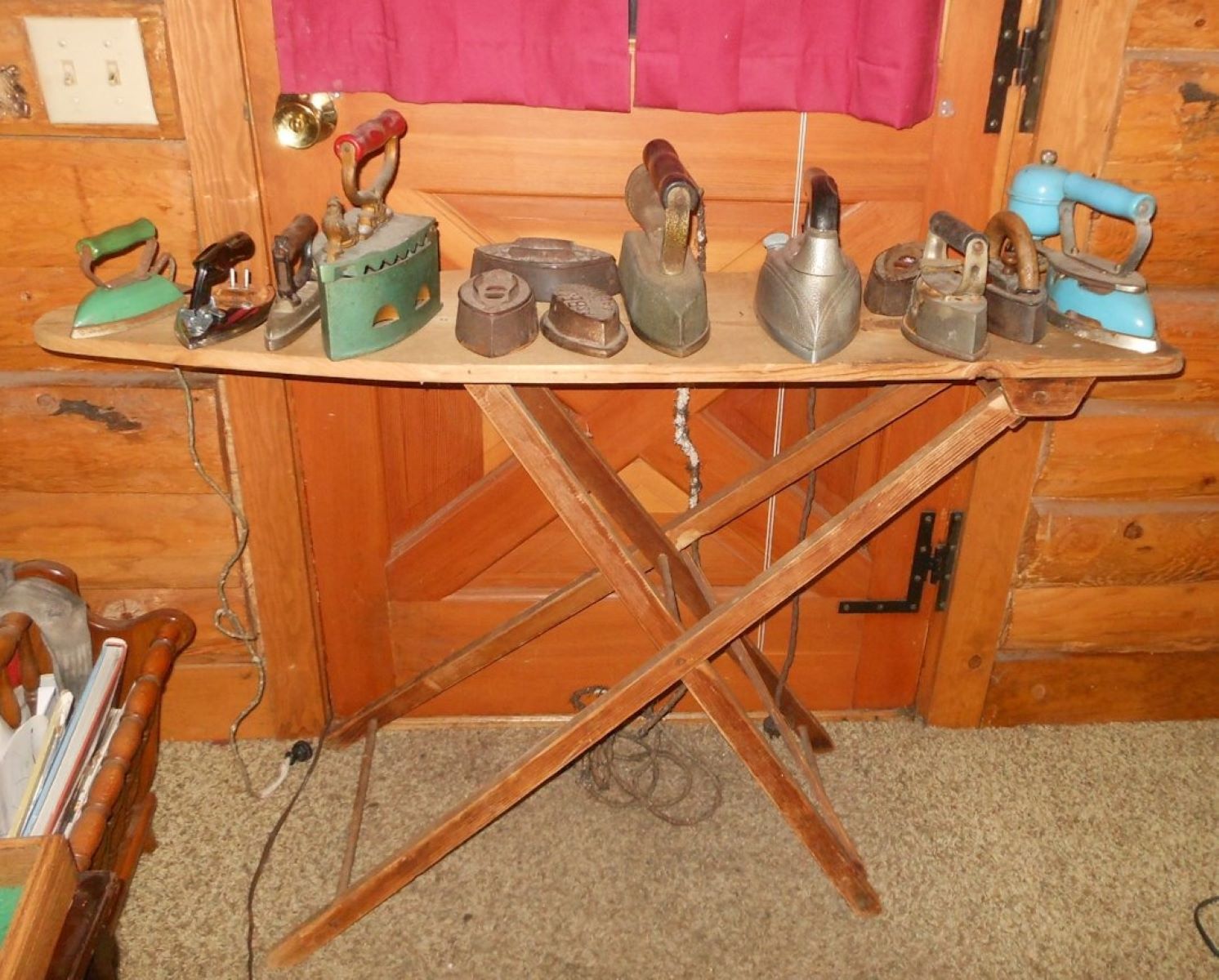
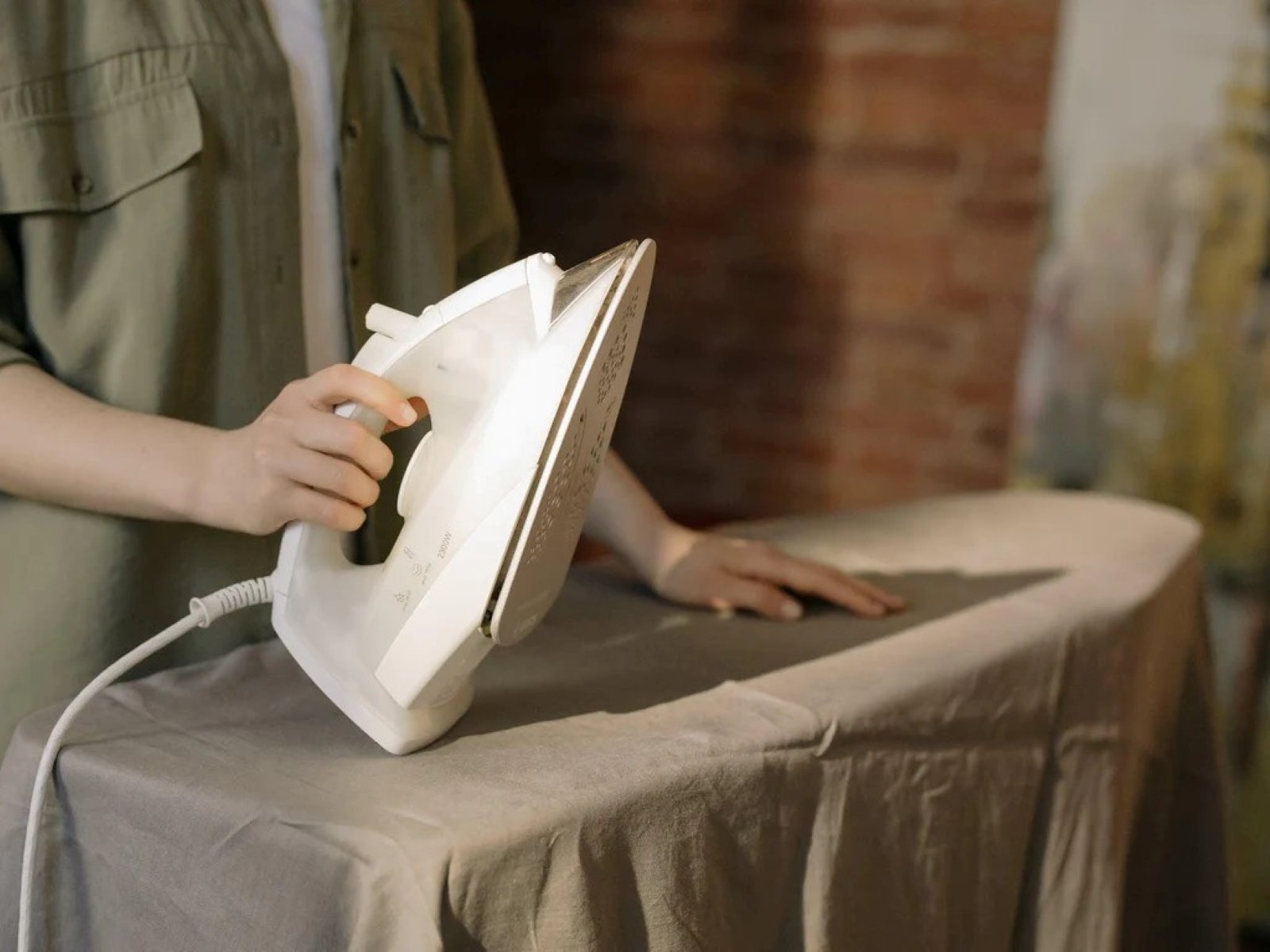
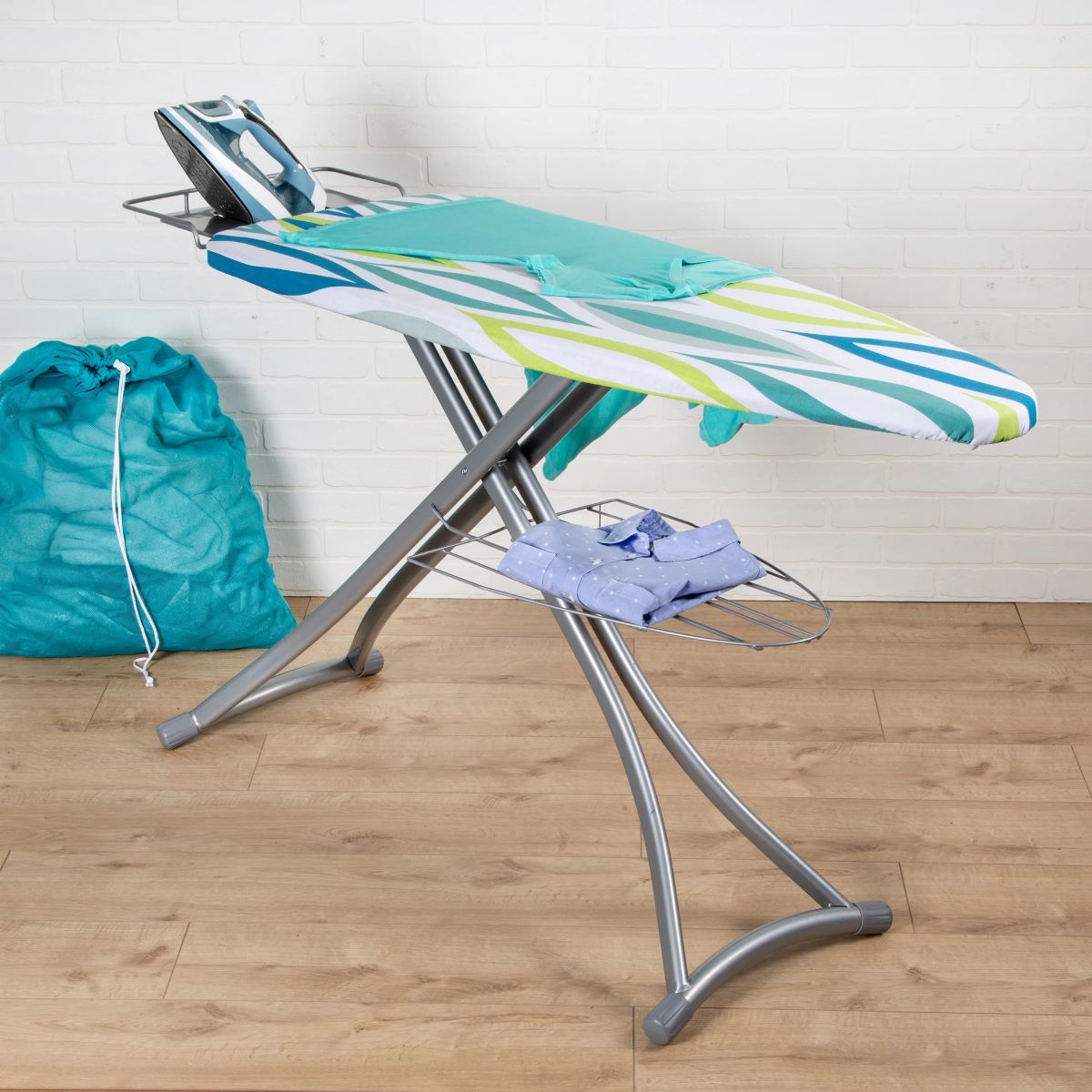
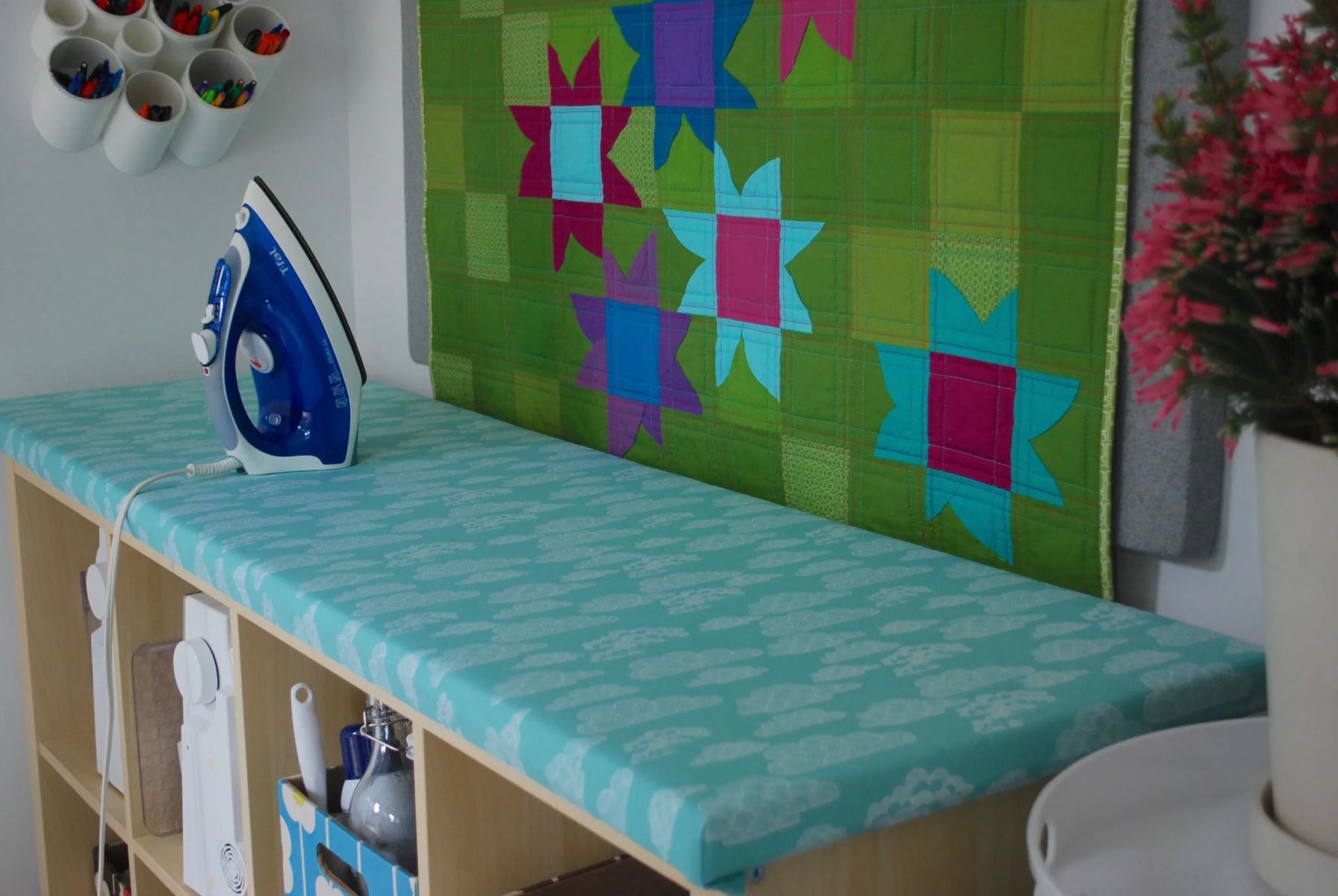

0 thoughts on “Where To Iron Without An Ironing Board?”